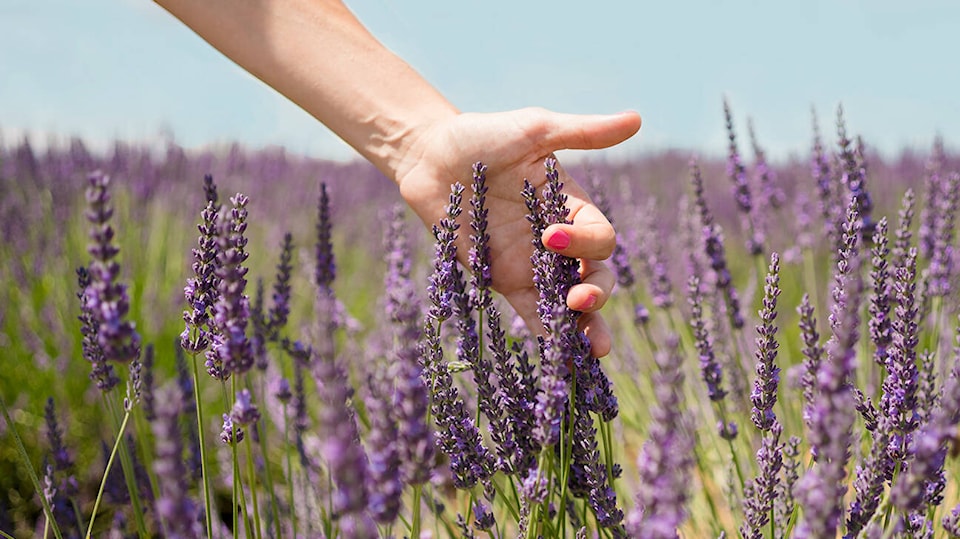As I am writing this column, the flooding in the Lower Mainland and on Vancouver Island is on my mind. My thoughts are perhaps also related to my having lived just outside of Victoria.
So many people have been affected one way or another. Many people have had significant losses. We in the North, can feel the ripple effect, especially farmers who have been unable to get their products transported.
Last night, I was again reminded of the exceptional apple harvest I enjoyed this summer. My two apple trees were so loaded with fruit that they started to lean over. One tree I had to brace with a two by six. The other, I had to use a rope and a come-along to pull it straight..
Without that intervention, both trees would have tipped over. The reason behind this was that the tree roots were very shallow. When I planted these many years ago, there was no soil but only sand, gravel and rocks.
I am here referring to the importance of digging the hole large and deep enough to accommodate the root system. Fill the hole with good soil then plant the tree.
When pruning the tree, do not allow the branches and top to grow more than four to six inches the first year. By doing this, it forces the tree to form its much-needed root system. It will also prevent a disaster from happening.
THE MAILBAG
A reader wrote: I am wondering what to do with my lavender for the winter. Do I need to cut it back? I planted English lavender last year, and it never came back in the spring, so I bought a couple of new plants. I’m hoping I won’t keep having to buy new plants every year. Anything I can do to ensure its return?
My response: Any shrub you buy here in the North has to be able to live in a hardiness zone of three. It usually says on the name label. If not, ask the nursery staff.
English Lavenders are cold, hardy, and can be left outside over winter. Non-English lavenders will only survive winter in mild climates and must be transferred into pots and brought inside over winter.
Prepare your lavender for winter by pruning them into a mound shape that resists winter weather and tidying away leaves. If you live in a hardiness zone three or below, or you don’t want to have to cover the plants each year to keep them warm, I recommend you plant your lavender in containers and bring them indoors for the winter.
I have had experience with some of our local nurseries that shrubs were offered for sale even with the label indicating hardiness zone four. So it is purchaser be aware.
If you have questions or suggestions for gardening topics, please email me at e.jacobsen85@yahoo.com.
editor@interior-news.com
Like us on Facebook and follow us on Twitter
